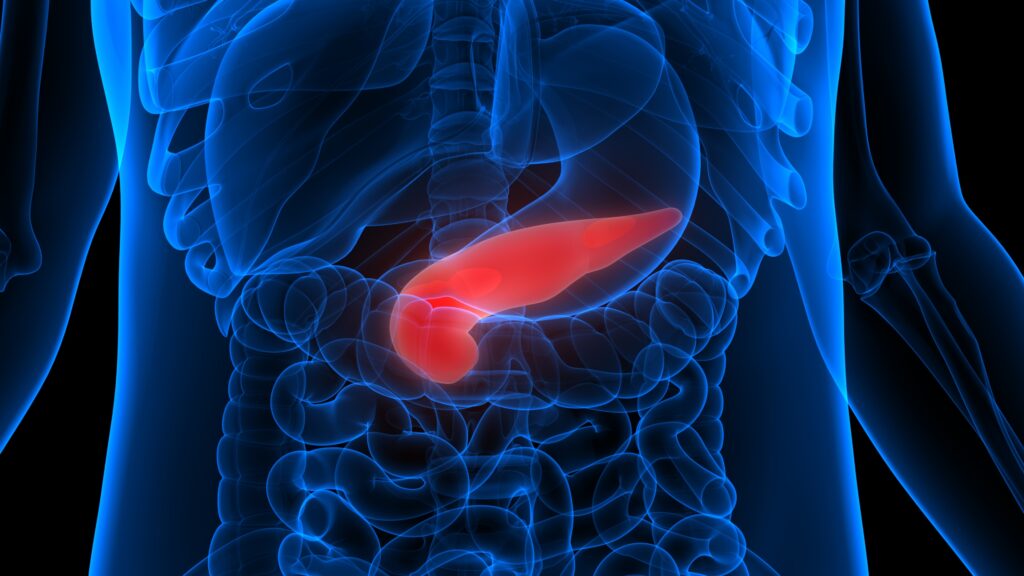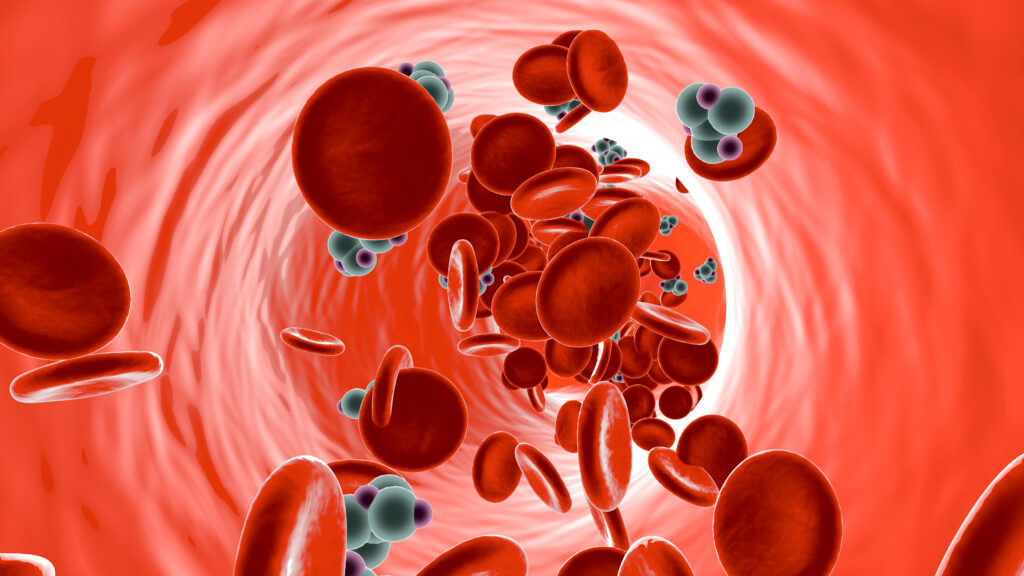Search Results
Showing Results for tolerance

Polycystic ovary syndrome (PCOS) is a complex, multisystemic condition characterized by reproductive, metabolic and dermatologic manifestations, including hyperandrogenism and ovulatory dysfunction. Despite its prevalence and significant impact on quality of life, PCOS remains underdiagnosed and poorly managed due to its ...

Polycystic ovary syndrome (PCOS) is the most common endocrinopathy affecting women of reproductive age and is characterized by hyperandrogenism, anovulation and insulin resistance (IR).1 Women with PCOS have a high risk of developing type 2 diabetes (T2D), dyslipidaemia, hypertension and ...

The prevalence of diabetes during pregnancy is rapidly increasing. In the USA alone, an estimated 1–2% of pregnant women have type 1 diabetes (T1D) or type 2 diabetes (T2D), and an additional 6–9% develop gestational diabetes.1 From 2000 to 2010, the prevalence of gestational ...

Gestational diabetes mellitus (GDM) is generally defined as “any degree of glucose tolerance with onset or first recognition during pregnancy”.1 It currently is one of the diseases with the highest morbidity among pregnant women.2 Determining its prevalence has been a ...

Obesity defined as abnormal or excessive fat accumulation that presents a risk to health, is a chronic disease linked to metabolic co-morbidities, such as type 2 diabetes mellitus and cardiovascular disease, a reduced life expectancy, economic burden and reduced quality of ...

Periodontitis is a chronic inflammatory disease of the periodontium, or the supportive tissues around the tooth, which includes the gingival tissue, alveolar bone, cementum and the periodontal ligament.1 Caused by pathogenic bacteria, this disease has been recognized for at least 5,000 ...

Type 1 diabetes mellitus (T1DM) is an autoimmune disease secondary to the destruction of the insulin-producing β cells of the islets of the pancreas. Environmental factors presumably trigger the disease in genetically susceptible individuals, leading to a lifetime dependency on exogenous ...

Highlights Enhanced external counterpulsation (EECP) is evaluated for glycaemic control in type 2 diabetes. Glycated haemoglobin reduction immediately after EECP therapy conclusion, after 2–4 weeks and after 7–12 weeks was -0.70%, 1.04% and 0.98%, respectively. EECP is associated with a significant lowering of blood pressure. ...

Pituitary tumours (PTs) are located in the sella turcica, which surrounds the adenohypophysis and neurohypophysis. PTs range from asymptomatic incidentalomas to symptomatic aggressive neoplasms, such as invasive neoplasms or pituitary carcinomas.1 Symptomatic lesions can be characterized either by hormonal overproduction ...

The incidence of diabetes has increased in recent years, and advances in technology have allowed for multiple ways to predict the outcomes of patients with diabetes, and have improved quality of life and lowered morbidity and mortality.1 For decades, glycated ...

Obesity is related to an increased risk of metabolic disease.1 It is well established that excessive body fat is related to increased morbidity and mortality and is associated with inflammation and endothelial damage.2,3 With age, fat infiltration occurs in the ...

Polycystic ovary syndrome (PCOS) is a very common disease, with an incidence of 5−21% in women during their fertile life (18–45 years of age) worldwide.1 PCOS is clinically diagnosed when two of the three 2003 Rotterdam consensus criteria are met: (i) chronic anovulation ...

Diabetes affects an estimated 537 million adults and was responsible for 6.7 million deaths in 2021, worldwide.1 The International Diabetes Federation estimates that 3 out of 4 adults with diabetes live in low- and middle-income countries.1 Southeast Asia alone accounts for 90 million patients, of whom ...

Thyrotoxicosis refers to the signs and symptoms derived from excess circulating thyroid hormones in the body,1 which must be differentiated from hyperthyroidism, in which there is an increase in the synthesis and secretion of hormones by the thyroid gland.2 Approximately 1% ...

Worldwide prevalence of type 2 diabetes mellitus (T2DM) is steadily increasing due to rising levels of obesity over the past 40 years caused by sedentary lifestyles and unhealthy eating habits. Diabetes now ranks ninth among the top ten causes of death ...

Over 37 million people in the USA live with diabetes mellitus, equating to over 11% of the population.1 The large majority of these individuals (around 90–95%) have type 2 diabetes (T2D).1 Approximately 40% of patients T2D develop chronic kidney disease (CKD), with CKD ...

In the early 1970s, the discovery of statin by Dr Akira Endo changed the fate of cardiovascular disease prevention and the treatment of atherosclerosis. It was during this period that the rate-limiting step in cholesterol biosynthesis was revealed, and the ...

In a 1958 article titled “Treatment of a pituitary dwarf with human growth hormone”, the merits of human growth hormone (GH) as a treatment for GH deficiency (GHD) were outlined by Raben.1 Beyond its use as a treatment for short stature, ...
Latest articles videos and clinical updates - straight to your inbox
Log into your Touch Account
Earn and track your CME credits on the go, save articles for later, and follow the latest congress coverage.
Register now for FREE Access
Register for free to hear about the latest expert-led education, peer-reviewed articles, conference highlights, and innovative CME activities.
Sign up with an Email
Or use a Social Account.
This Functionality is for
Members Only
Explore the latest in medical education and stay current in your field. Create a free account to track your learning.

